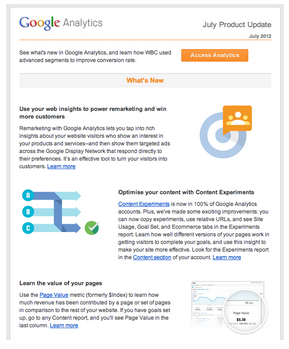“Talk about daylight robbery and livestock transporters top the list,” John Dube a communal farmer from Gwanda alleged. He went on to narrate a very painful story about how a drunken driver caused extensive bruising to his animals that led to two of them being condemned. “Masuku, the owner of the vehicle did not have any insurance or the money to pay the damage.”
Indeed, most farmers carry livestock in various forms of transport, ranging from pick-up trucks to sedans drawing trailers. In most cases the animal is mercilessly gagged with rope or wire to prevent it from bolting out of the truck. Interestingly, you see these trucks zooming across the city centre, completely oblivious of the danger to people and other vehicles.
The rope or wire and the sudden braking and take-offs certainly causes extensive bruising that leads to carcass condemnations. In most instances the farmer has no recourse because the transporter is not insured to ferry animals.
Bruises are trimmed off by Meat Inspectors. The trimming lowers the weight of the carcass and also lowers the final grade. Butcheries mourn over the frequency of maimed carcasses that cannot produce desired primal cuts. Bruised carcasses seriously lower the value of the carcass.
There are rules to be followed when transporting livestock. Over-loading or under-loading cattle lead to serious bruising. Mixing huge and little animals may lead to trampling and suffocation of the smaller ones. It is therefore important to engage an experienced or well trained transporter or else you watch all the profits being trimmed off by the Meat Inspector’s knife.
Bruising impacts negatively to the total beef available for consumption to the nation. Imagine how much of it is thrown away to the dogs as pet food. Unfortunately farmers do not benefit from pet food, skins, meat and bone meal and tallow that emanates from condemned carcasses.
Farmers’ representatives complained bitterly to abattoir representatives at a Matabeleland Agricultural Business Chamber (MABC) meeting, held at the CSC Bulawayo branch recently, about what they perceive to be greed by abattoirs in so far as trimmings and condemnations are concerned.
Eventually, both parties agreed to set up a think-tank to look at the possible ways of reviving the condemnation fund that would give the farmer some form of recourse in the event that his animals are condemned. Farmers would be warned against the use of uninsured vehicles and such vehicles may not be permitted to enter abattoir premises in the near future.
While on the subject of transport it is important to look at the vehicles that are used to carry carcasses and offal from abattoirs to butcheries. One wonders why carcasses are inspected in the first place because meat transporters carry meat on the same trucks used to carry livestock. Meat is put right on top of the cow dung. In some instances meat is carried in the boot of little sedans with the other half of the quarter protruding out.
One wonders what Environmental practitioners are doing to save us from being a sick nation. There are obviously some laws that forbid all this nonsense but some people have chosen to ignore them. Farmers must save themselves from unnecessary loss.
FEEDBACK:
Email:muhle.masuku@gmail.com or 0712 938 659
· Masuku, I think Wenela system should be imposed on all resettled farmers by the government.
· Just gone through today’s article, amajodo awela abangela mbiza. Others are misusing those farms.
· Just read your article; please keep rumbling I am listening.













